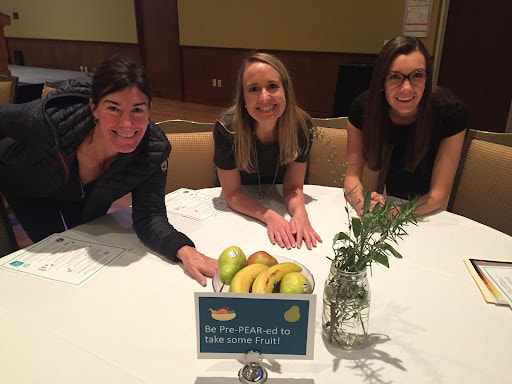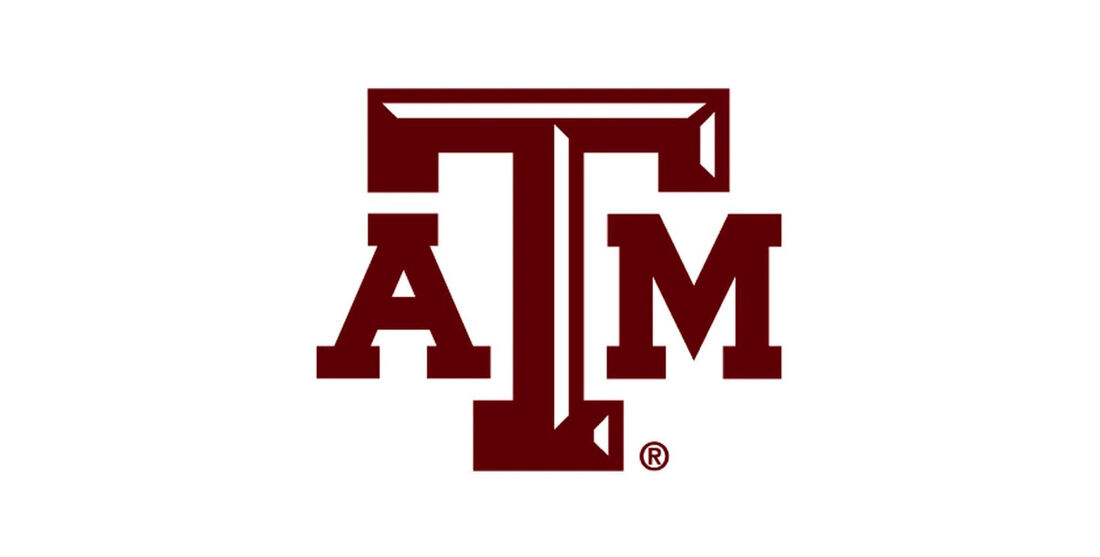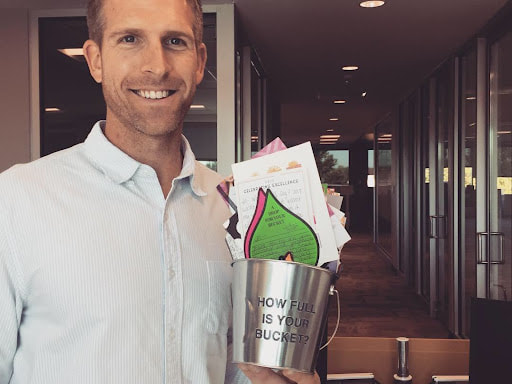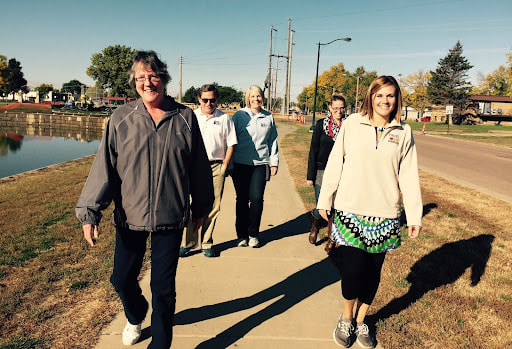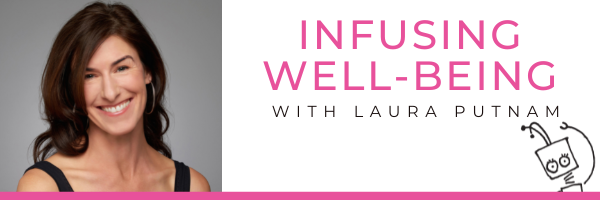|
Two young fish encountered an older fish. “Morning boys,” the older fish said, “How’s the water?” – and the two younger fish kept swimming. A moment later one of the younger fish turned to the other and asked, “What the hell is water?” This is the story that the late philosopher David Foster Wallace used to open a commencement speech - and the one that I shared in Step 3: Uncover the Hidden Factors to illustrate the fact that like water, our surrounding environment is so ubiquitous, we might not even see it (much the way these two young fish did not). Yet, it shapes our behaviors in ways that we might not imagine. Therefore, while we often hear the expression that we are creatures of habit, I would argue that in fact we are more creatures of culture and environment. Upshot: Focus more on the “water” (as in, environment and culture) and less on the “fish” (as in, individuals). In other words, instead of focusing so much on individual habit formation in our wellness programs, let's apply a macro-view on behavior change. Because, as best captured by researcher Michael Marmot in an Institute of Medicine report: “It is unreasonable to expect people to change their behavior when the social, cultural and physical environments around them fully conspire against them.” Meanwhile, I repeatedly see workplace wellness messaging that goes something like this: “Better health begins with taking personal responsibility.” Might the message be better framed as: “Better health begins with addressing the larger culture and environment, which in turn enables individuals to make healthier choices.” We can do better. And, we can by designing nudges and cues. This is the focus of Step 8 in my book Workplace Wellness that Works, and also a theme that Rex Miller picks up in his recent book The Healthy Workplace Nudge.
Pictured with Nicole Youngberg, Employee Wellness Leader at UW-Madison (far right) and Julia Yates, Psychotherapist at UW-Madison Department of Family Medicine (center). In other words, nudges are a way to optimize the environment. Gallup has wholeheartedly embraced using nudges in its corporate headquarters design. This includes big ticket items like literally bringing the outdoors in, as shown below. Talk about an inspiring environment to work in! The handsome model in the photo is my good friend and tour guide, Ryan Wolf, Physical Well-Being Lead at Gallup. Or, a nudge can be something as simple as placing a “How Full Is Your Bucket?” mini-bucket on each desk, encouraging employees to write short notes to one another. In a nutshell, the idea here is to create tweaks in the environment that simply “let” people make healthier choices, as opposed to trying to “get” them to make changes – a theme we explored in my most recent article. Now, let’s talk about cues, or practices that normalize well-being at work. At Eileen Fisher, for example, every meeting begins with a minute of silence. What a nice way to literally “cue” people into taking a moment out of their busy schedule to regroup. At Square, employees go out on to the streets on a weekly basis to clean up, an initiative known as the #CleanStreets. Or, at the United Way in Sioux Falls, South Dakota, coworkers walk together – every day – a practice that’s been in place now for 14 years! Pictured on far left is Coleen Thompson, former director of finance, who is the one who came up with the scheme and persuaded her coworkers to join her – including Jay Powell, president (right behind her)! This is a snapshot of Step 8, out of 10 Steps, drawn from my book Workplace Wellness That Works. Check out my conversation with Larry Green, Global Service Delivery Lead for Google's Health & Performance programs, about this very topic.
0 Comments
Leave a Reply. |
Follow laura on social:Website by Brand Genie
|
join laura's monthly newsletter
|



